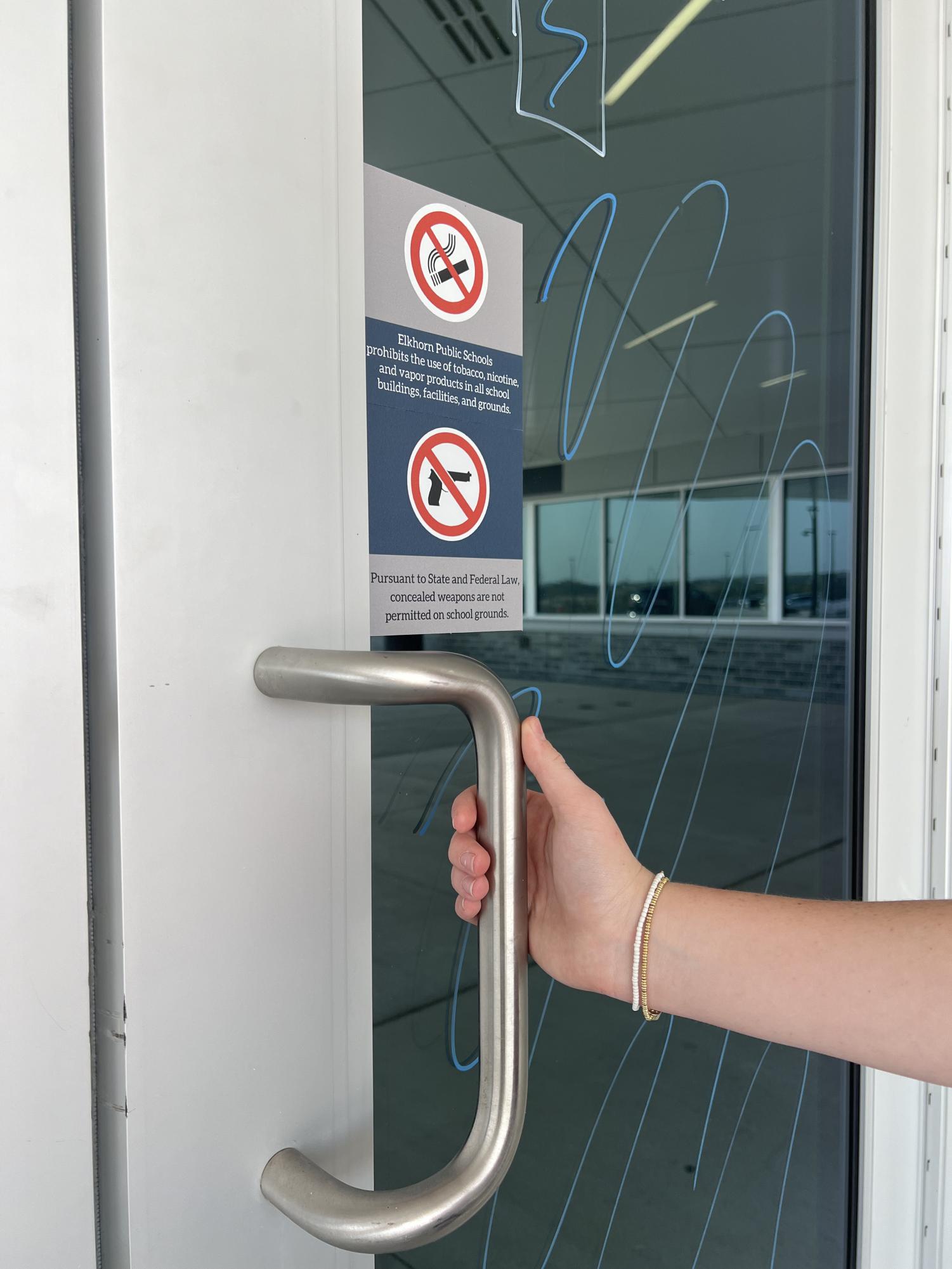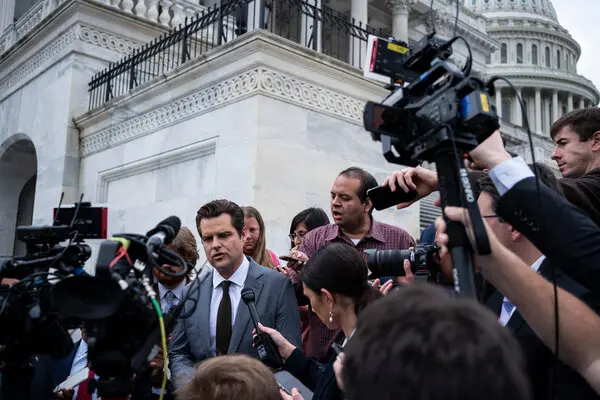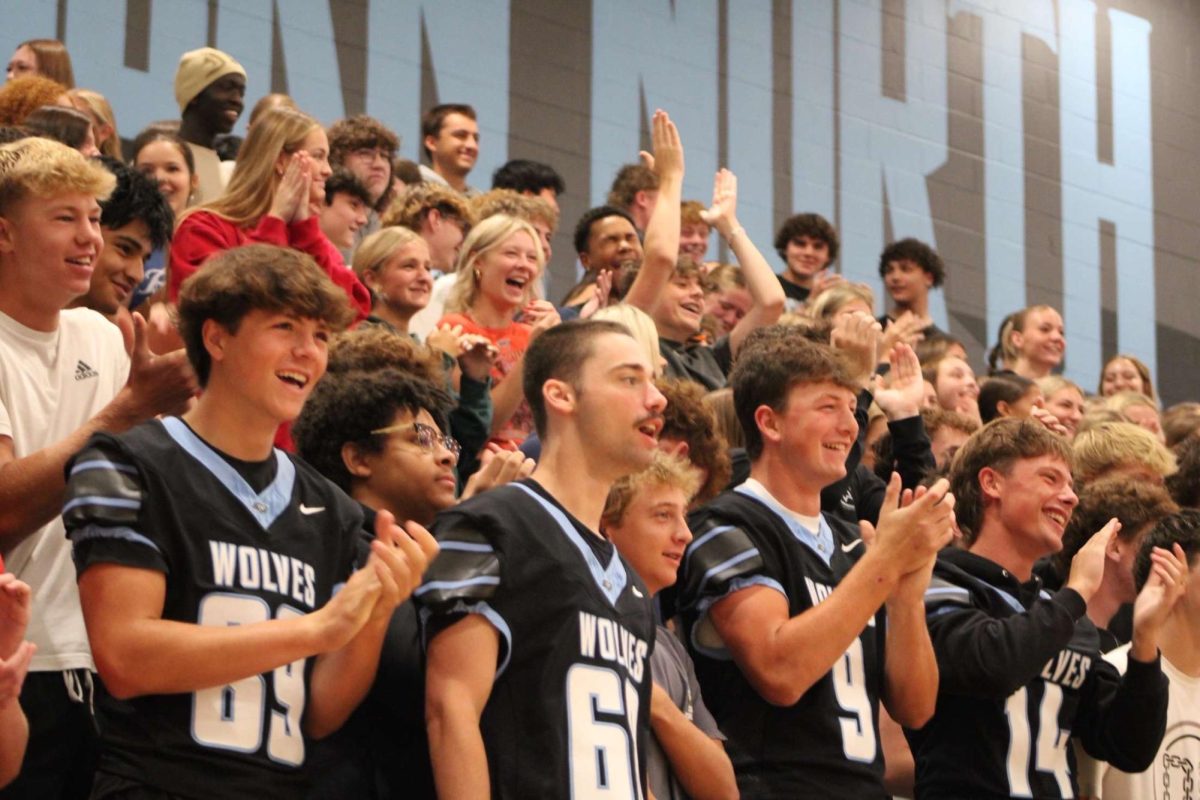The Columbine High School massacre on April 20, 1999, was a school shooting and failed bombing. It was one of the deadliest shootings in the United States and the start of a detrimental domino effect across American schools.
Despite the constant declaration that shootings like Columbine will “never happen again,” another day goes by and the lives of innocent children and teachers are taken.
“I think the safest way to prepare ourselves from a threat that exists is student-level intelligence if we have information prior to the shooting or prior to the threat,” Principal Dan Radicia said.
Students and staff are able to understand and practice the protocol that would occur in the event of a threat on campus. The overarching goal is for these safety procedures to become muscle memory; locks, lights, out of sight. That same year, schools across the nation implemented lockdown drills.
“The research states that if the doors are locked and it’s quiet, the threat generally bypasses,” Radicia said. “They [school threats] are triggered by noise and action.”
Junior Eden Connelly experienced a lockdown when she attended Sagewood Elementary school. An intoxicated father entered the school demanding his child. When refused, he pushed his way through the front office and approached each classroom door trying to find his child.
This terrifying experience changed Connelly’s perspective on the effectiveness of practicing lockdown drills.
“Before, I would mess around during lockdown drills, but then after that I realized this is something we need to take seriously,” Connelly said.
At Elkhorn North, part of the lockdown protocol, newly directed to teachers this year, is the expectation that teachers will stand in a defensive position in preparation for the possible arrival of the threat. In the ENHS Lockdown Protocol it states, “Near the Entry Point: If capable of confronting the threat, position yourself close to the entry point, but in a location that allows you to surprise the intruder without exposing yourself immediately. Be ready to act decisively if the threat breaches the door. Against the wall with the door.” The new policy sparked concerns from staff and students on what it would truly look like if a threat were to enter the school.
“Every year we start this, ‘what if?’ about it,” Radicia said. “What do we do when the threat crosses the classroom door? And I think those are the uncomfortable, very difficult type of conversations.”
The United States Secret Service and Department of Education states that students and staff have to learn how to defend themselves in these situations. When a threat enters through the door of a classroom, it is a different type of atmosphere and school attendees need to be prepared.
“This change of having to be on the offensive of having to stand by the door with a weapon, mentally and physically preparing to fight someone is not something I’m comfortable with,” English teacher Amber Sims said. “But it is something that I will comply with.”
“I look at backpacks, I look at textbooks, and I look at all these things that we have available in our classroom and I’m thinking if kids knew to throw that backpack on their chest and to have something in their hands or to push metal desks,” Radicia said. “The difference between lets say five and seven seconds of someone trying to push to get in and maybe kids throwing stuff at them, maybe hitting them on the head with an object, to me, is the difference between life and death.”
A common variable identified among school shooters: they struggle with their mental health. Elkhorn North has taken another step to assist students with the wellbeing of their mental state.
Hope Squad, an organized group of representatives from each grade who are trained to offer support to a struggling peer, was implemented in the 2023-2024 school year. Hope Squad allows students who are apprehensive about speaking to an adult to have a familiar face who can be an outlet. A sense of common ground amongst the students can be met despite differing internal battles. Many other resources are available like Safe2Help where students and adults can anonymously report concerns they have.
In the United States, there has been no significant amount of money put towards bettering mental health organizations in schools by the government. Though it may not be the solution to end school shootings, it is a step in the right direction.
“I feel like students cry out for help,” Spanish teacher Tomi Connelly said. “When they’re not paid attention to, they escalate and escalate until you get an explosion that happens.”
There is an evident correlation between the increase of school shootings and the depletion of teachers.
“When I became a teacher, this wasn’t a thing,” Spanish teacher Tomi Connelly said. “I think I maybe would have thought twice, if I knew those things happen.”
Sacrifices and dangers come with any job, but having to come to terms with the fact you are putting your life on the line is an unreasonable expectation, yet is what teachers have to do.
“Outside of being a teacher I’m a mom and wife,” Sims said. “Constantly thinking that now the expectation of my job is not only to teach and provide students with an education, but physically fight a threat feels like something that is above and beyond what a teacher even should be asked to do.”








